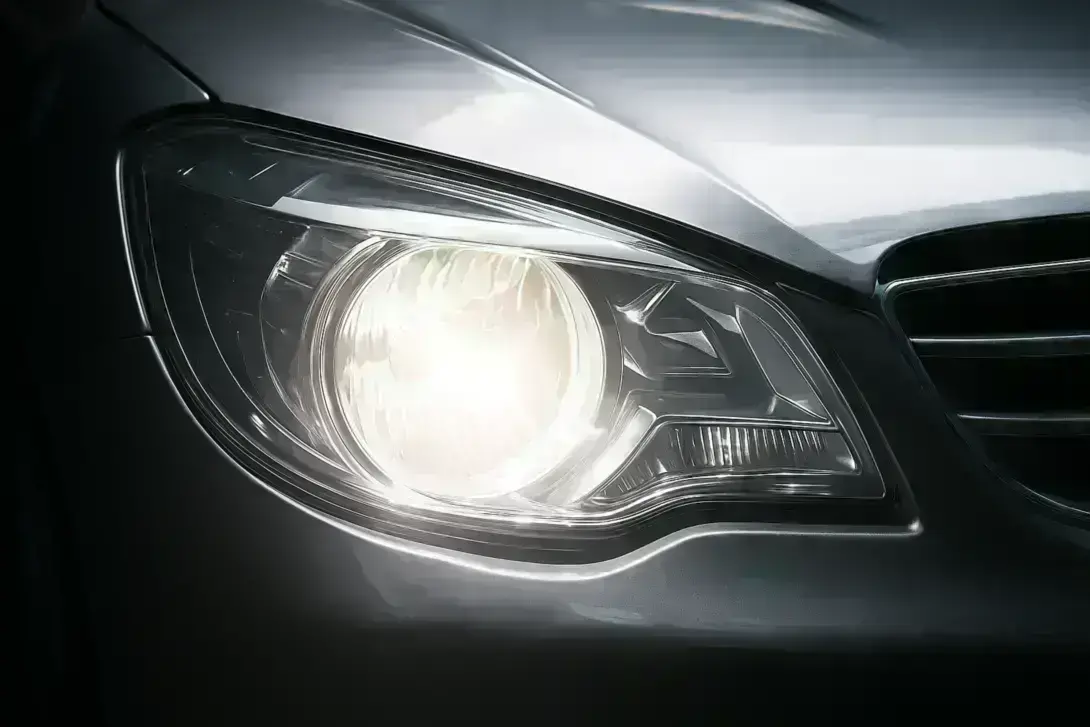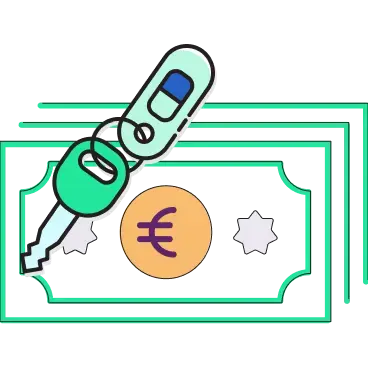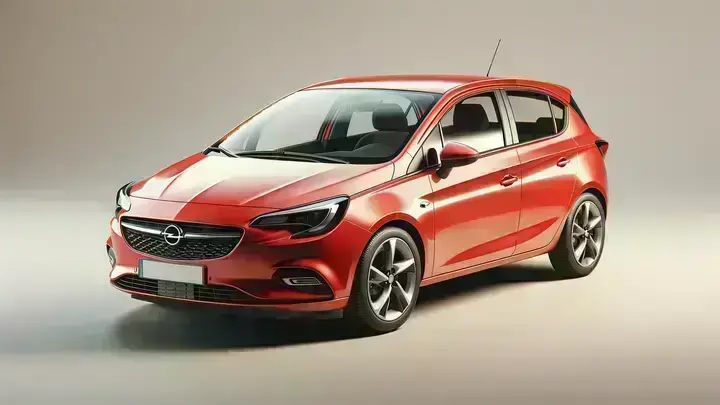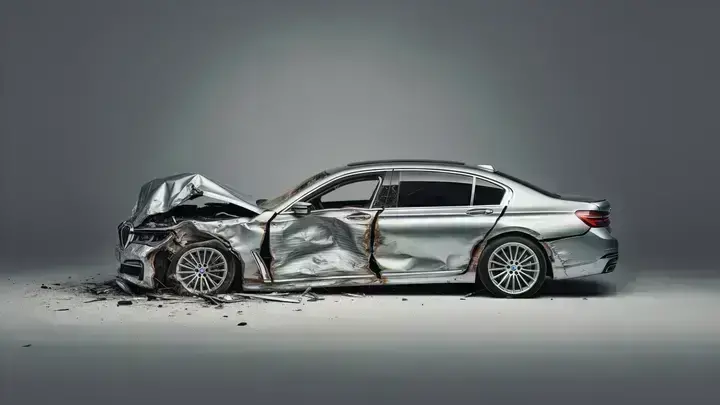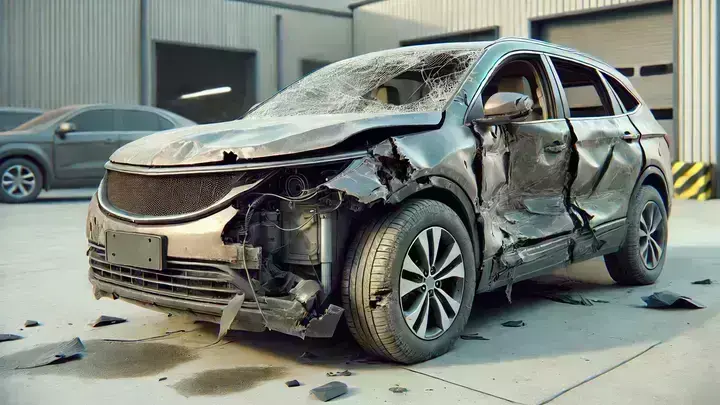Low beam headlights on cars: Use, differences from daytime running lights, and tips for changing them
Using low beams correctly: Differences from daytime running lights & tips
Low beams are one of the most important lighting systems in a car. They ensure that you can see the road clearly in the dark or in poor visibility and that other road users can see you in good time.
However, many drivers are unsure: When do you have to switch on your low beams? How do they differ from daytime running lights? And which light bulbs are permitted?
In this article, you will find all the important information about low beams — explained in a clear and concise manner.
Low beams and their function in road traffic
Low beams are the classic driving lights for situations with limited visibility. They illuminate the road ahead of your vehicle sufficiently without dazzling oncoming traffic. This is why they are also referred to as “normal lights” in road traffic.
When starting modern vehicles, the daytime running lights are often activated first. However, these are not sufficient in poor visibility or in darkness, as they usually do not activate the rear lights.
When should you switch on your low beams?
In the following situations, switching on the low beam is mandatory or advisable:
- At dusk and in the dark
- In rain, snow, or fog
- In tunnels or poorly lit underpasses
- On forest roads with heavy shadows
Unlike daytime running lights, low beams not only illuminate the road, but also activate the rear lights — this makes your car much more visible in difficult visibility conditions.
Difference between daytime running lights and low beams
Many modern vehicles have automatic daytime running lights. These ensure better visibility of your car during the day, but do not illuminate the road.
Low beams, on the other hand, are designed for safe driving in the dark and in poor visibility conditions and replace daytime running lights when necessary.
A common mistake: Some drivers accidentally rely only on daytime running lights in rain or fog. This means that the rear lights are not active — and that can be dangerous in heavy traffic.
What bulbs are used for low beams?
The following light sources are used in many cars:
- H7 halogen bulbs → very common for low beams
- H1 halogen bulbs → in older vehicles or in dual functions
- LED low beams → in newer models or models converted to LED
- Xenon bulbs → in vehicles with xenon headlights
The lamp type is specified in your vehicle's owner's manual.
Good to know
LED low beams are generally permitted, but they must be approved and properly installed when retrofitted.
Changing and adjusting low beams
Changing a low beam bulb is relatively easy in many cars. With H7 or H1 bulbs, you can often do it yourself in a few minutes — for LED and xenon systems, you should go to a repair shop.
Adjusting the low beams is also important:
If the light beam is set too high, you'll blind other drivers. If it's too low, you'll have poor visibility.
Ideally, the correct setting should be made by a repair shop — but in some vehicles, you can also adjust it using the height adjustment wheel in the cockpit, depending on the vehicle's load.
Low beam or high beam?
High beams should only be used when visibility is good and there is no oncoming traffic or vehicles ahead. They provide wide illumination of the road, but are very dazzling.
Low beams remain the right choice in almost all everyday situations – in the city, when encountering oncoming traffic, in rain, snow, or fog.
Conclusion: Low beams – an underestimated safety factor
Even though modern vehicles offer a lot of electronics and automatic lights:
Correctly switching on the low beams manually remains essential for safety.
Remember:
- Always switch them on actively in poor visibility conditions
- Daytime running lights are not sufficient in darkness, fog, or rain
- Make sure your lights are working and correctly adjusted
And if your car often has problems with its lighting system or electronics, it may be worth selling it.
👉 At CashforCars.de, we quickly and easily accept cars with minor defects such as lighting faults in part exchange.
Here's how it works:
- Online: Enter your vehicle details in the online form
- By phone: +49 (211) 7306 1701
- WhatsApp: Simply send a WhatsApp message and receive an offer
✅ Free collection & immediate payment included. This saves you the hassle of repairs.
